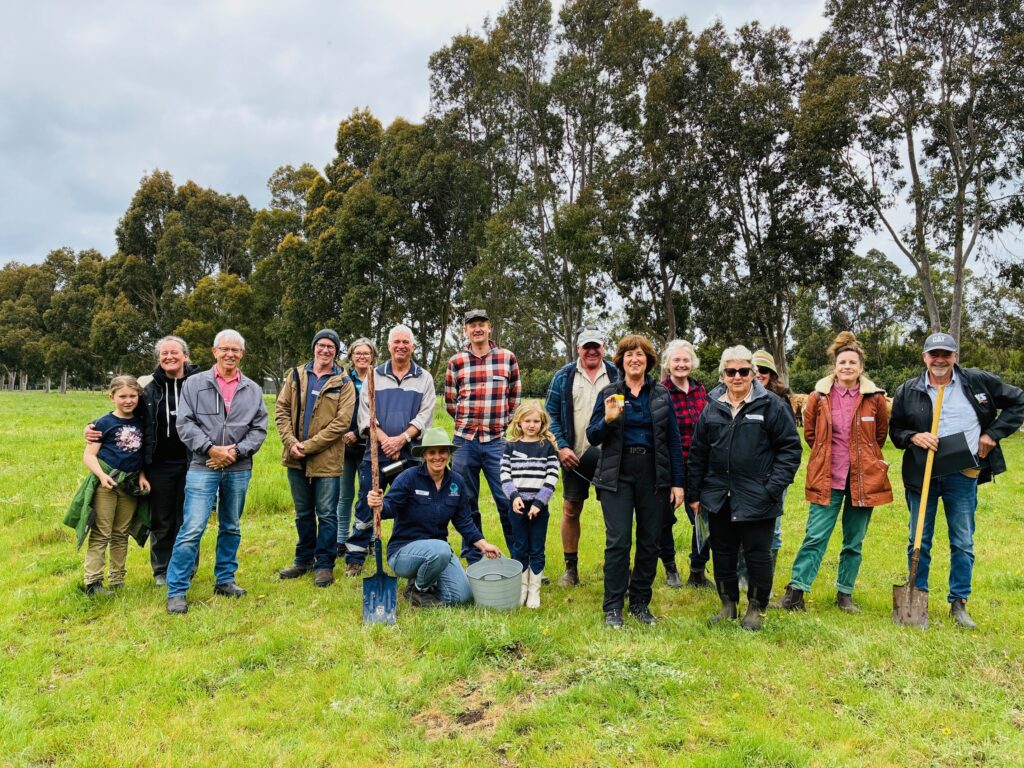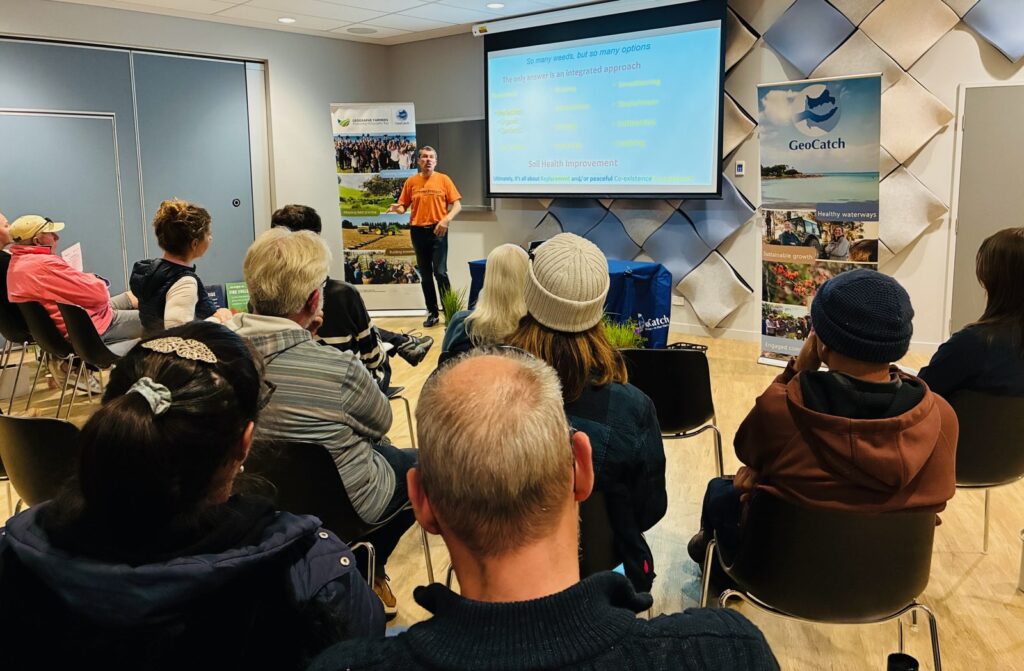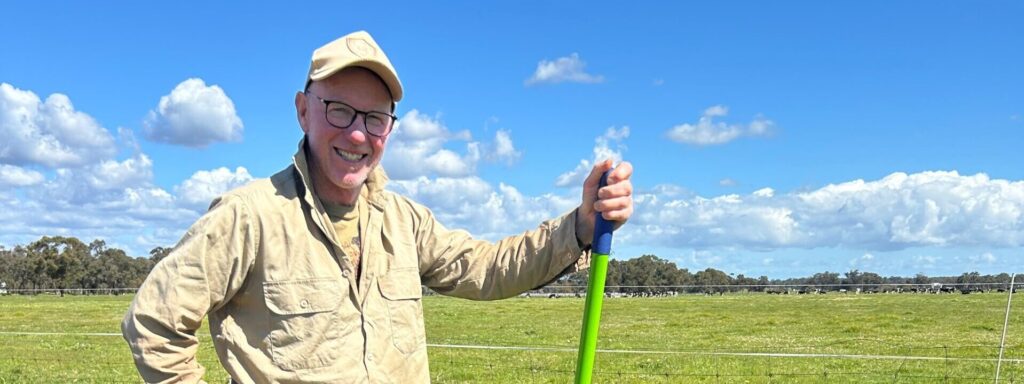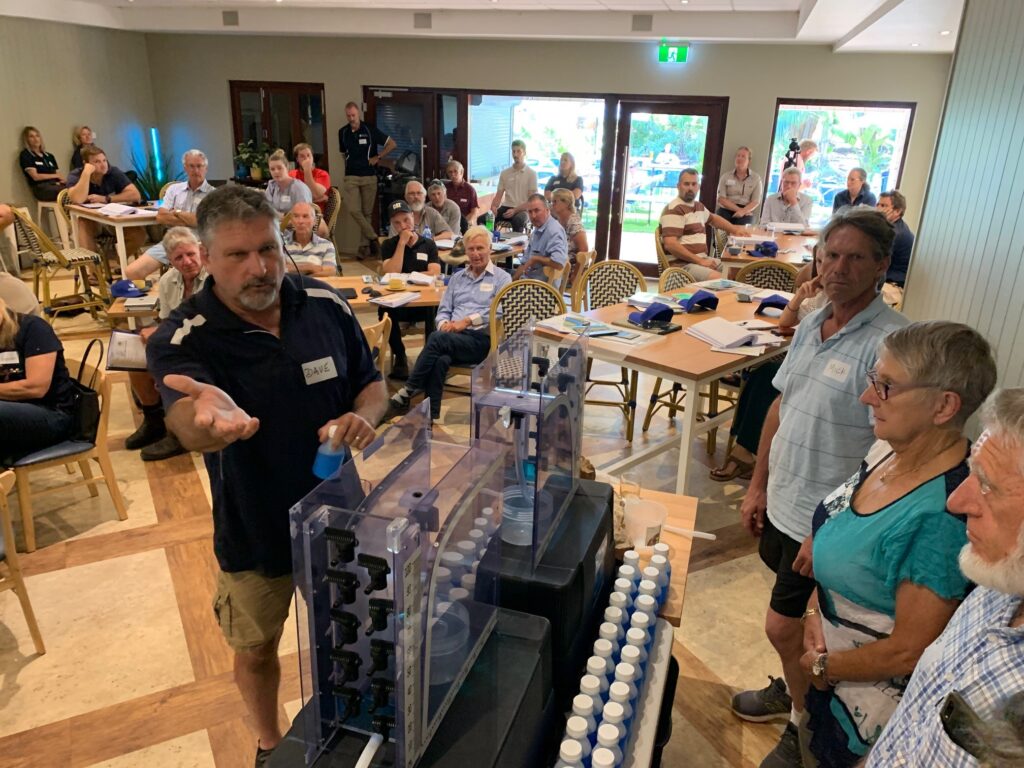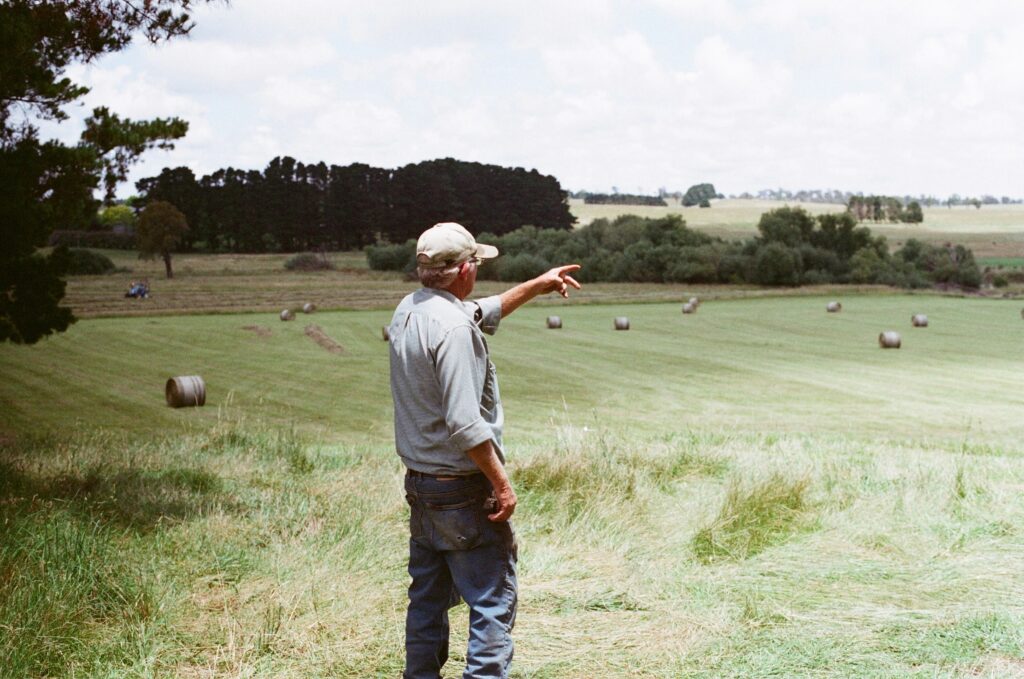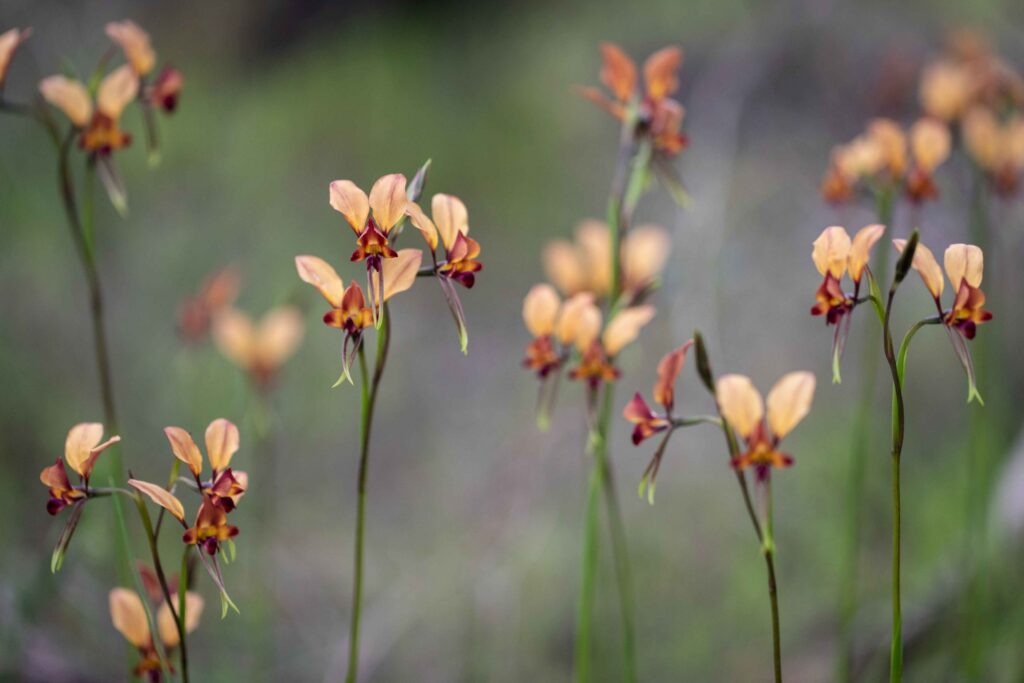By Jeisane Accioly, ALIS Consulting and Michelle Priest, GeoCatch
As Autumn sets in across the Geographe Bay region, it’s the perfect time for farmers to start thinking about how to manage their pastures and livestock before the seasonal change. With recent rain events, many are reporting seed emergence and we can see a bit of green appearing but will be a while before pastures are ready to fully supply the feed needed to maintain livestock and support stock growth. The good news is that with the right planning, farmers can make the most of these autumn months to set up for success in the season ahead.
One of the most important things we encourage farmers to do, is test their preserved forage. Knowing the dry matter content and average weight of your hay bales will help you estimate whether your stock is getting enough forage. Too often, decisions are made based on price rather than matching the forage quality and quantity to the actual needs of your stock. Ensuring you are feeding the right amount of the right quality is crucial to keep livestock in good condition during the transition into the colder months.
It’s also essential to consider the broader picture as we move toward the start of the growing season. While Spring is when we see most of the pasture growth, the conditions leading into that time are just as critical. With the Mediterranean climate in south west WA, how well pastures perform in spring is highly dependent on what happens in autumn and winter. This makes managing your grazing now even more important.
One of the first steps is to ensure your pastures are given a chance to establish before grazing begins. Implementing appropriate deferment is key—if pastures aren’t left to grow properly, young plants risk being damaged, which can reduce future pasture density and resilience. Understanding how pasture responds to grazing pressure and weather conditions is a major objective of the Grazing Matcher Program. Temperature and rainfall vary each week, let alone from year to year, influencing pasture growth and recovery. Using these principles strategically, rather than reacting to the consequences give producers the power to be in control.
Grazing Matcher provides strategies to help farmers make better decisions about when to graze and when to hold back, allowing pastures to grow strong and productive for the long term.
Insect management is another factor that should be on every farmer’s radar in Autumn. Monitoring early-stage insect burdens is essential, as they can impact pasture establishment and health. And for those looking to renovate pastures, it’s critical to address weed control and ensure your soil is well-nourished to support the best possible growth.
From the livestock perspective, we must also remember that ruminants require fibre, which young pasture often lacks. If sheep and cattle don’t get the right amount of fibre, they may struggle to ruminate properly, which could lead to loss of condition and affect future performance. For high-producing animals such as young growing stock, lactating or heavily pregnant dams, fibre supplementation alone won’t cut it. These animals need more, and the Grazing Matcher provides guidance on how to create feed budgets that match the nutritional needs of both pasture and stock.
By participating in the Grazing Matcher program, farmers can gain practical skills to better manage their feed and pastures. From pasture deferment and insect management to supplementing and assessing livestock condition, the tools and strategies we share with participants are designed to help ensure that their farms remain productive, sustainable and climate-smart — no matter what the weather throws at us.
Jeisane Accioly (ALIS Consulting), Dan Parnell (AgSure Consulting) and Dr Martin Staines (Ruminant nutritionist) will be presenting the 2025 Grazing Matcher, in partnership with GeoCatch. For more information about the program, or to register please visit www.geocatch.asn.au/grazing-matcher/ or call 0491 069 078.
This initiative is supported by MLA under the Profitable Grazing Systems Program and the Australian Government through funding from the Climate-Smart Agriculture Program under the Natural Heritage Trust.
